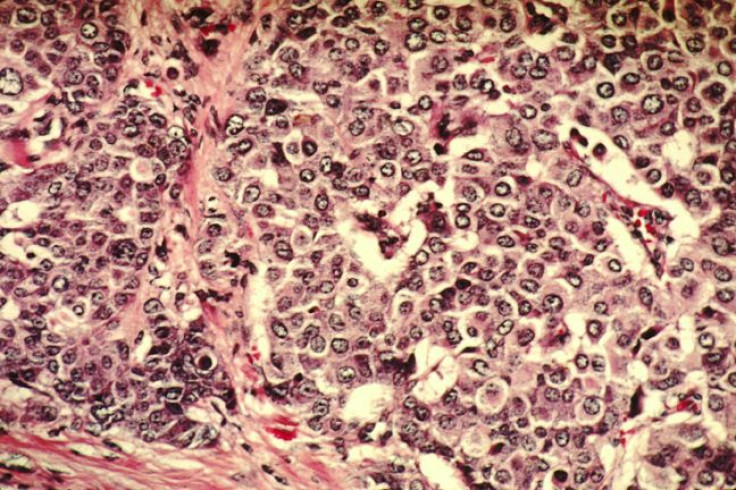Women To Receive Warnings About 'Dense Breast Tissue' Found During Screenings, California Senate Bill Proposes

A California law now requires health care providers performing mammograms to alert women whose breast tissue is found to be dense.
Senate Bill 1538 mandates that physicians inform such patients, given that dense breast tissue can make screenings difficult to conduct. Health experts attribute such difficulty in screenings to a greater chance of missing a diagnosis of breast cancer, which could lead to complications and even death.
Under the proposed law, a woman who receives a breast density grade of 3 or 4 on a four-point scale must be notified upon receiving the mammogram. Experts at the University of California at San Francisco say 12-15 percent of women ages 40 and older have "extremely" dense breasts, a condition that would require a digital mammography once every year.
Breast density is a metric used to describe the proportion of breast and fat tissue to fat. "High breast density means there is a greater amount of breast and connective tissue compared to fat," according to the Susan G. Komen non-profit organization, which is dedicated to fighting breast cancer. "Low breast density means there is a greater amount of fat compared to breast and connective tissue."
In February, researchers at Moffitt Cancer Center, of Tampa, FL, and the Mayo Clinic in Rochester, MN, developed a computer algorithm able to quantify a major risk factor for breast cancer based on analysis of mammography. Multiple studies have shown that increased breast density correlate with higher breast cancer risk.
To date, the detection of such risk has been relegated to laboratory settings with highly skilled technicians. However, the new computer technology would move the capability from the "bench to the bedside," allowing clinicians at the community level to identify high-risk women for tailored treatment.
The National Cancer Institute said more than 232,000 people would receive breast cancer diagnoses in the United States this year, with slightly more than 40,000 deaths.



























